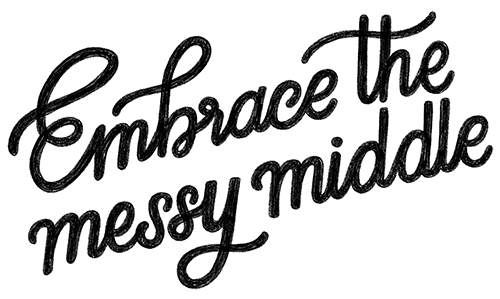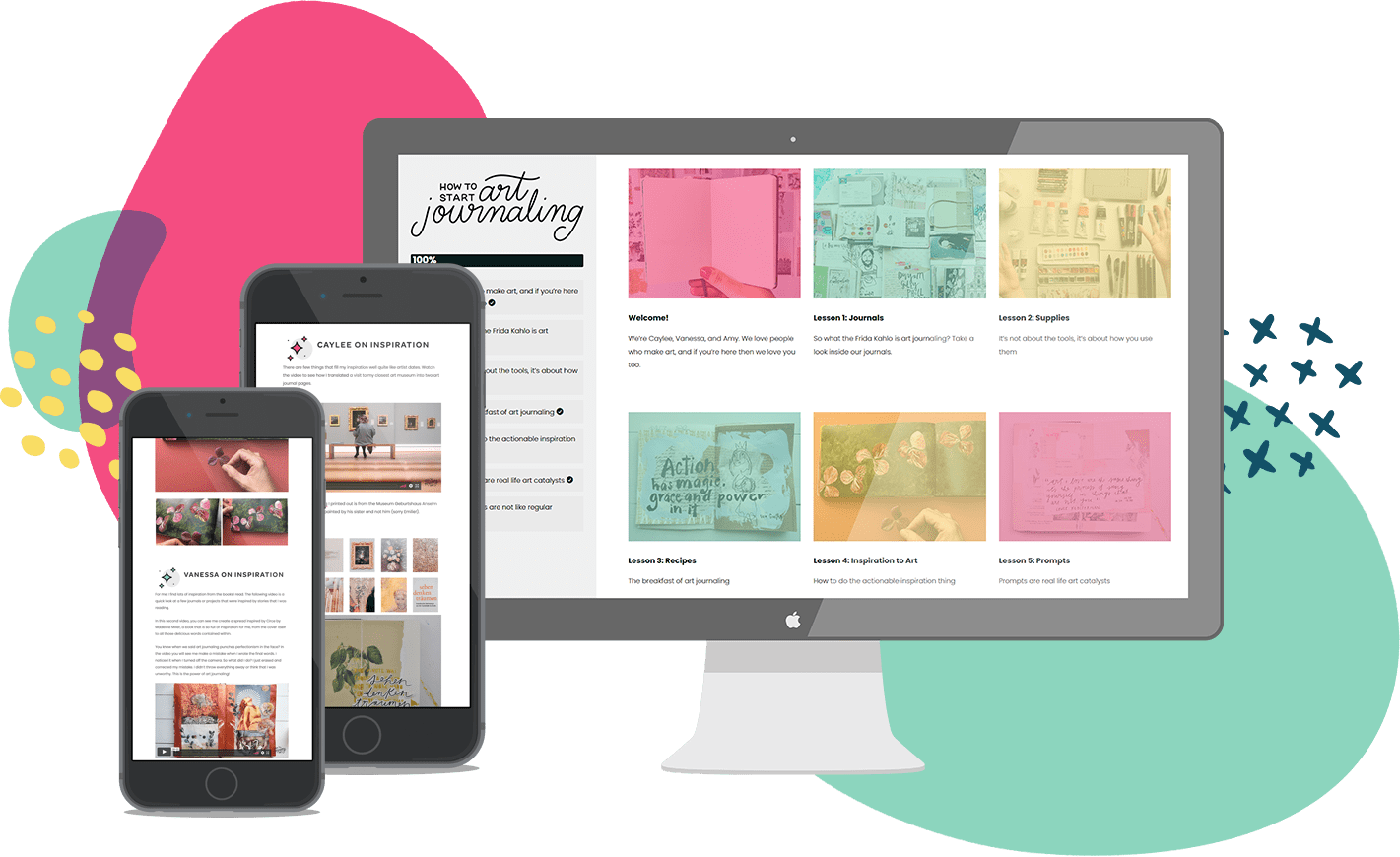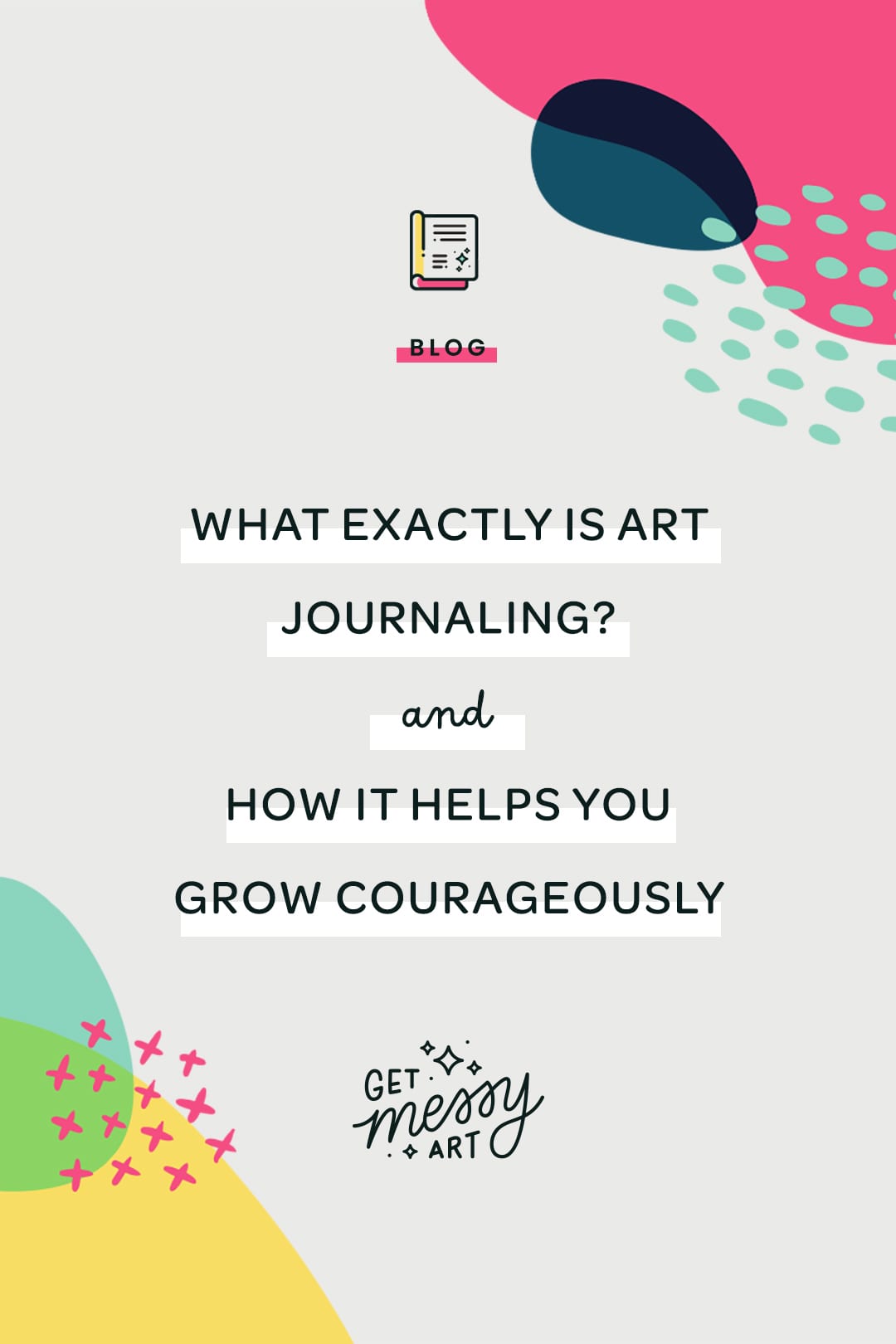I’ve been a practising artist for many years now – and I guess I’ve always known, even when I was little, that I was an artist. It was only recently, though, that I was introduced to art journaling by a friend. After a while I decided to give it a go myself, making time once a week to sit down with a book and my materials.
Fast forward several months, and I’m convinced that ANY artist can benefit from art journaling, whether you’re a seasoned pro or someone who hasn’t picked up a paintbrush in years. Here’s what I’ve discovered along the way: my brief introduction to what art journaling actually is, and how it can help you grow as an artist.
What is Art Journaling?
Cutting it down to the very basics, art journaling is making art inside a book [end of blog post] [just kidding].
Ok. In all seriousness though, it’s kind of as simple as that – and kind of so much more than that. In my own understanding, here are the two main focuses of art journaling:
1. Self-reflection, exploration and discovery
The journaling of art journaling points towards its personal nature: it’s a process of self-reflection, exploration and discovery. An art journal is a space for us to investigate our emotional landscapes.
2. Creating for the sake of creating
This is also a space for us to simply create. To quench the desire within us to make art. You don’t need to produce or prove or achieve anything amazing – it’s all about the process.
Although these focuses might distinguish an art journal from, say, a sketchbook, a notebook or a visual diary, as far as I’m concerned these words can all be used pretty interchangeably. So find the one that works for you. My own personal preference is to keep what I call an Everything Book (fun fact: Vanessa Oliver-Lloyd calls some of her art journals “Nothing Books”). My Everything Book holds sketches for projects, ideas, colour studies, text and scribbles, as well as pages that are more reminiscent of “classic” art journaling.
You’ll learn more about what art journaling looks like as I dive deeper into the ways that it can grow you as an artist below.
Art journaling gives us a space to be ourselves
An art journal can be whatever you want it to be, and look however you want it to look. Many art journalers will agree: the only rule of art journaling is that there are no rules. You can think of art journaling as the supreme pizza of pizzas. Whatever toppings, thoughts, themes, emotions or materials…everything’s allowed.
So this space is just for you. You can come exactly as you are and be completely yourself. This kind of freedom allows a loosening up, an unselfconsciousness, and space for the core of us to shine through.
To get a glimpse of just how diverse art journals can be, take a look inside the art journals of the Get Messy community.
Art journaling helps us to embrace imperfection
When I say everything is allowed… bad art is allowed, too.
Perfectionism keeps us trapped in a state of not doing. Instead, we play it small – scared of even starting for fear of making a mistake or revealing too much of our flawed selves or to the world. Art journaling embraces the basic truth that not everything that we make will be good, encouraging us to value process over product, journey over destination. Our art journals can be as rough, unfinished, messy and gloriously imperfect as we are.
Sure, we might make some great art from time to time, or even on a regular basis – but we will only get there if we’re allowed to experiment and to make mistakes along the way. We have to wade through sludgy territory before we get to the gold. And it’s a lot more fun that way.
Art journaling promotes a regular art-making practice
This is huge for me, as someone who has forever gone in and out of phases of regular making. We all have busy schedules, things to do, places to go and people to see – but what we really desire is unencumbered time to sit down and create. It’s easy to know that we’re creatives at heart, but harder to go about creating some kind of routine or regular art making practice.
With a notebook as your base, you can create almost anytime, anywhere. Whether you have five hours or five minutes to sit down and make, you can either pick up where you left off or turn the page and start something new. This accessibility – combined with the slightly addictive nature of art journaling – encourages us to make art regularly.
Art journaling helps us to experiment, to get to know our materials and to find our style
These little books give us a space to experiment, play and explore. As we play and engage in regular making, we naturally get to know our materials better. We slowly learn how they react to our touch, how they like to be used, how we can sync up with them and work better as a team. We learn which materials we’re drawn to, which we are repulsed by, which ones challenge us.
In turn, we start to get a better feel for our own aesthetic preferences and the way our personality comes through in what we make. Keeping up art journaling as a regular activity, we may also start to notice recurring themes and interests when we look back over our work. All of this can fuel further ideas and artworks – whether inside or outside of your art journal.
Art journaling connects us with other creatives
In our creative endeavours (or in any kind of endeavour, for that matter) it’s important to be able to connect with others and to not feel like we’re completely going it alone. The art world can be a scary, intimidating and sometimes seemingly unfriendly place. The good news is that the art journaling community is the opposite.
Art journalers are an awesome bunch; open, welcoming and down-to-earth. Too-coolness and pretence don’t seem to exist here (thank goodness), and there is a warm generosity in the way people share their knowledge and experience. This is a place in which you can openly share your work, be encouraged and supported, and honestly talk about the ups and downs of creative life.
Listen to the Collaboration episode of the Get Messy Podcast to hear from six of the wonderful artists from the Get Messy community.
Over to you
If this stuff sounds good to you, I want to encourage you to give art journaling a try for yourself – regardless of what stage you’re at in your creative journey. All you need is some kind of book and something to make marks on it. You don’t need to fork out a heap of cash on art supplies – in fact, I encourage you to start with what you’ve got.



